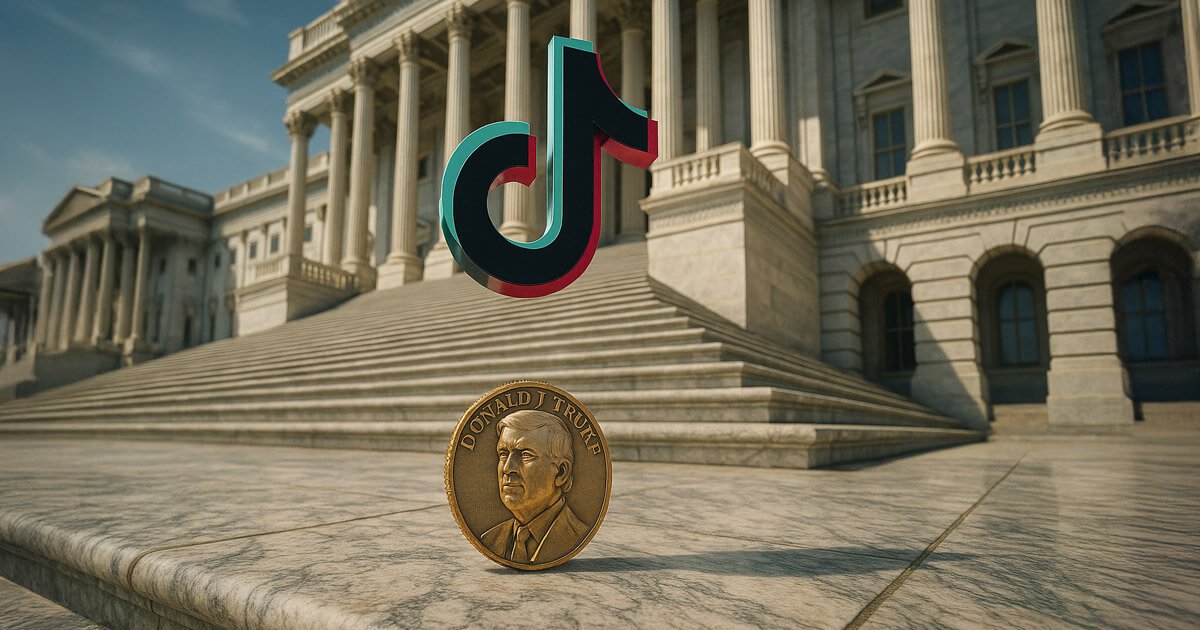When Ripple unveiled its four-point policy blueprint in London this week, the message was unmistakable: if the UK wants to lead in crypto, the time to act is now.
Unfolding against a backdrop of draft legislation and shifting global regulatory alignments, the move signals Ripple’s intent to turn Britain into the world’s next blockchain capital and to cement XRP’s role within that vision.
At the company’s UK Policy Summit on June 18, Ripple called on British lawmakers to fast-track a comprehensive crypto regime grounded in four pillars: a growth-driven regulatory framework, leadership on global standards, formal adoption of stablecoins, including those issued overseas, and the removal of legal and tax barriers to asset tokenisation.
“There’s a huge opportunity for the UK here,” said Cassie Craddock, Ripple’s Managing Director for the UK and Europe. “If done right, the country can become a globally competitive crypto market.”
The remarks landed just weeks after the UK Treasury published its draft Cryptoassets Order on April 29, a foundational step that pulls key crypto and stablecoin activities inside the Financial Services and Markets Act (FSMA) perimeter.
For Ripple, the regulatory momentum comes at a strategic inflection point. In April, the firm announced a $1.25 billion acquisition of London-based prime broker Hidden Road, a move Ripple said reflects confidence in jurisdictions showing clearer regulatory frameworks.
While CEO Brad Garlinghouse has publicly called the U.S. market “effectively open for the first time” following recent legal clarity there, Ripple’s London-focused investment shows the company is also positioning itself to capitalise on UK momentum.
Key recommendations for the UK
One of Ripple’s most pointed recommendations is to codify the UK’s emerging openness to overseas stablecoins like USDC and USDT. This would position London in direct contrast to the EU’s MiCA framework, which limits circulation to locally issued assets.
According to policy materials shared at the summit, embracing foreign-issued coins could give the UK a post-Brexit edge and recreate the kind of offshore liquidity markets seen in the Eurodollar boom of the 1950s.
At stake is more than regulatory clarity. London’s place in the next phase of global finance is on the line after decades removed from being the center of the financial world.
While Ripple cited research suggesting strong consumer appetite, the UK’s own Financial Conduct Authority estimates about 12% of adults, roughly 7 million people, currently hold crypto. Ripple argues that unlocking further growth requires decisive action to legitimise tokenisation efforts and resolve lingering stamp duty issues that currently hamper digital asset innovation.
The UK’s draft rules are expected to evolve over the coming months, but key components, such as final legislation and FCA guidance on stablecoins, are not expected until 2026.
Still, Ripple’s intervention, backed by capital, a white paper, and summit-stage rhetoric, raises the stakes for Westminster. The question now is whether British regulators will turn momentum into market leadership before the EU, Dubai, or Singapore finish tightening their own regimes.
Ripple’s bet is clear: codify fast, and the capital, users, and innovation will follow. Miss the moment, and London risks watching the next great fintech migration head elsewhere.
Mentioned in this article
#Ripple #thinks #London #main #crypto #powerhouse #west




